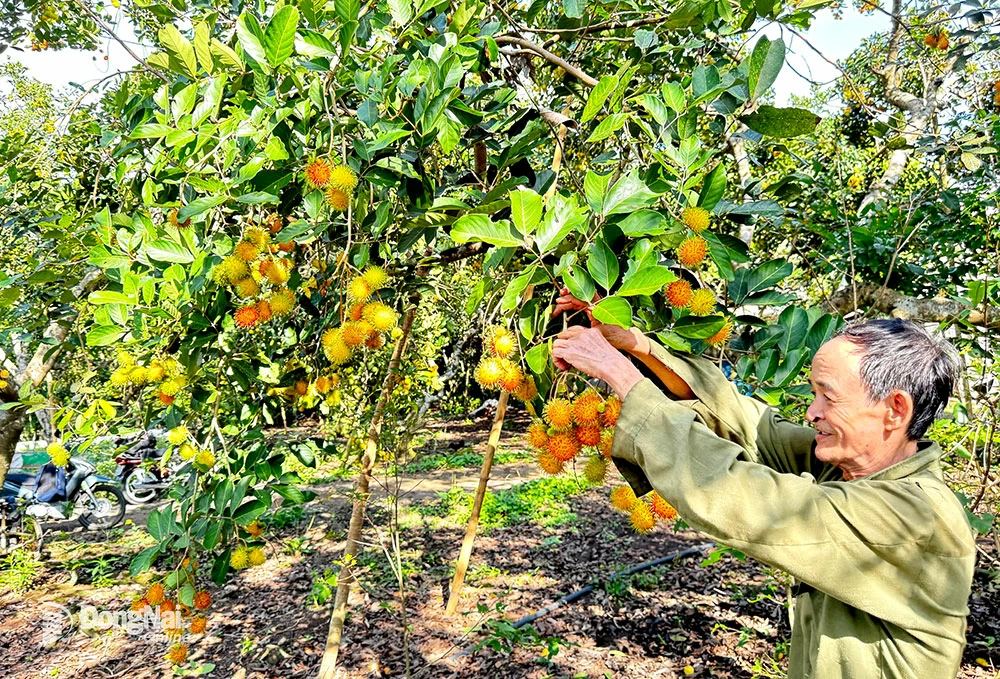 |
| Harvesting early rambutan in Bau Ham 2 commune, Thong Nhat district. Photo: B.Nguyen |
Not only is the harvest late, many rambutan growers have suffered severe crop failures. Supply is low but the price of early-season rambutan has also cooled down quickly, causing rambutan farmers to worry about a failed harvest and falling prices.
Rambutan disease, crop failure
In Dong Nai , black soil areas where rambutan is grown often yield earlier harvests than red soil areas. Every year, at this time, black soil rambutan growing areas are ripe, but this year, only a few gardens have begun to bear fruit, and the yield of early season fruit has also decreased sharply compared to previous years.
The rambutan growing area in Ngo Quyen Hamlet (Bau Ham 2 Commune, Thong Nhat District) is famous for being the province's early-harvesting rambutan growing area. In addition to the black soil factor, rambutan farmers in this area also have experience in handling the plants to harvest early. Every year, from March, many gardeners here have started harvesting rambutan. But this year, by mid-May, only a few gardeners in this rambutan growing area had ripe fruit.
According to many rambutan farmers in Bau Ham 2 commune, the rambutan crop was flowering when there was unseasonal rain, so instead of fruiting, the trees sprouted buds, so this year's harvest was 1-2 months late compared to previous years.
| The total area of rambutan in the province by the end of 2024 is about 8.5 thousand hectares, with an output of 143 thousand tons. In 2025, the province plans to have more than 8.1 thousand hectares with an output of 142.7 thousand tons. |
In particular, this year, the disease outbreak on rambutan trees has been widespread and complicated, which is also the reason for the crop's severe crop failure. In particular, powdery mildew and whitefly are very harmful to rambutan trees. Specifically, when rambutans are infected with white powder, the fruit will be weak and have a bad appearance, so the price will decrease, and in severe cases, the fruit will dry out and be unusable.
Ms. Nguyen Thi Phuong, a farmer growing 3 hectares of rambutan in Bau Ham 2 commune, said that this year's harvest, her family's rambutan yield decreased by about 50% compared to last year's crop. Currently, many newly blooming rambutan trees are considered a total loss. Of which, Thai rambutan sells for a high price, so the crop is worse than normal rambutan. The powdery mildew disease spreads heavily, causing gardeners to spend much more money on disease treatment.
Mr. Nguyen Ngoc Toan's nearly 1-hectare rambutan garden in Bau Ham 2 commune is currently one of the few gardens in the area with early-ripening rambutan, with higher productivity and quality than surrounding gardens. However, this year, Mr. Toan's family's rambutan yield decreased by about 30% compared to last year's harvest, and the rambutan appearance is not as beautiful as in previous years. According to Mr. Toan: "This is an area where rambutan is often harvested early because in addition to soil factors, local farmers have techniques to process flowering and fruiting early to sell at good prices. Processing trees for early harvest also has many risks because the investment cost is higher, and there may be crop failure when the weather fluctuates abnormally like recently."
Worry about price fluctuations
In addition to worrying about crop failure and late harvest, farmers are also worried about the price of the harvest. This is reflected in the erratic fluctuations in rambutan prices at the beginning of the season. Specifically, about a month ago, rambutan was very expensive. Traders bought longan rambutan and good quality Thai rambutan for 45,000 VND/kg, while normal rambutan cost 25-28,000 VND/kg. However, after only 2-3 weeks, Thai rambutan and longan rambutan were only about 30,000 VND/kg, while normal rambutan was only 15-18,000 VND/kg. According to rambutan farmers, at the beginning of this year's season, the supply was low, so rambutan was sold at a high price. However, the price of rambutan at the beginning of the season also "cooled down" very quickly, so most rambutan farmers did not benefit.
Ms. Dang Thuy Nga, a rambutan trader in Xuan Loc district, commented that many rambutan growing areas had a bad harvest this year, but many areas still achieved productivity, so the supply was still abundant. The biggest difference is that every year, the black soil rambutan growing areas usually harvest earlier than the red soil areas. Accordingly, when the black soil rambutan is almost finished harvesting, the red soil rambutan areas will ripen. But this year, due to weather factors, the black soil and red soil rambutan areas will be harvested at the same time. It is predicted that when the harvest season is at its peak, the abundant supply of rambutan may cause the price of this fruit to drop sharply.
Sharing the story of sustainable rambutan development, Mr. Huynh Van Hai, Head of the Farmers' Association of Ngo Quyen Hamlet, Bau Ham 2 Commune, said that Ngo Quyen Hamlet is the most concentrated rambutan growing area in Bau Ham 2 Commune, with about 125 hectares. Thanks to suitable soil, this rambutan growing area often achieves high productivity and good quality. Local rambutan is produced according to VietGAP process, which has been recognized as an OCOP product. However, the output for rambutan is still quite unstable because it is only sold to traders, and the consumption chain from production to distribution has not been connected. Local rambutan farmers are looking forward to being supported in connecting outputs and entering supermarket consumption channels for more sustainable development.
Binh Nguyen
Source: https://baodongnai.com.vn/kinh-te/202505/mua-chom-chom-chin-muon-voi-nhieu-noi-lo-8293b5f/



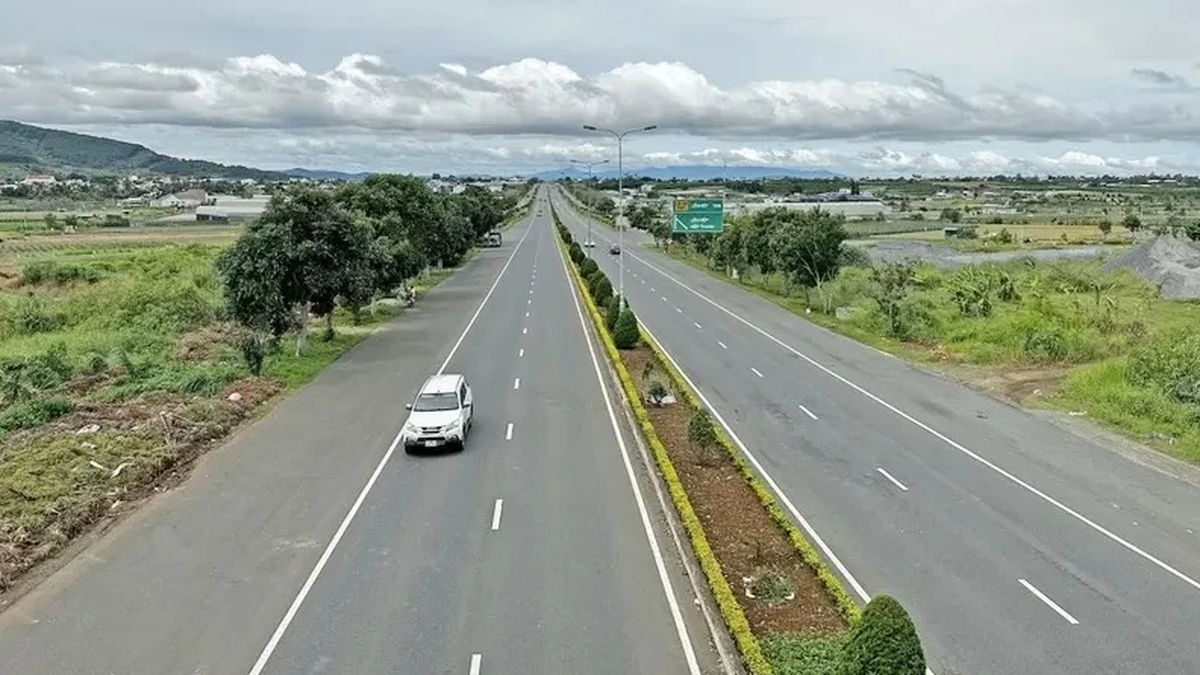




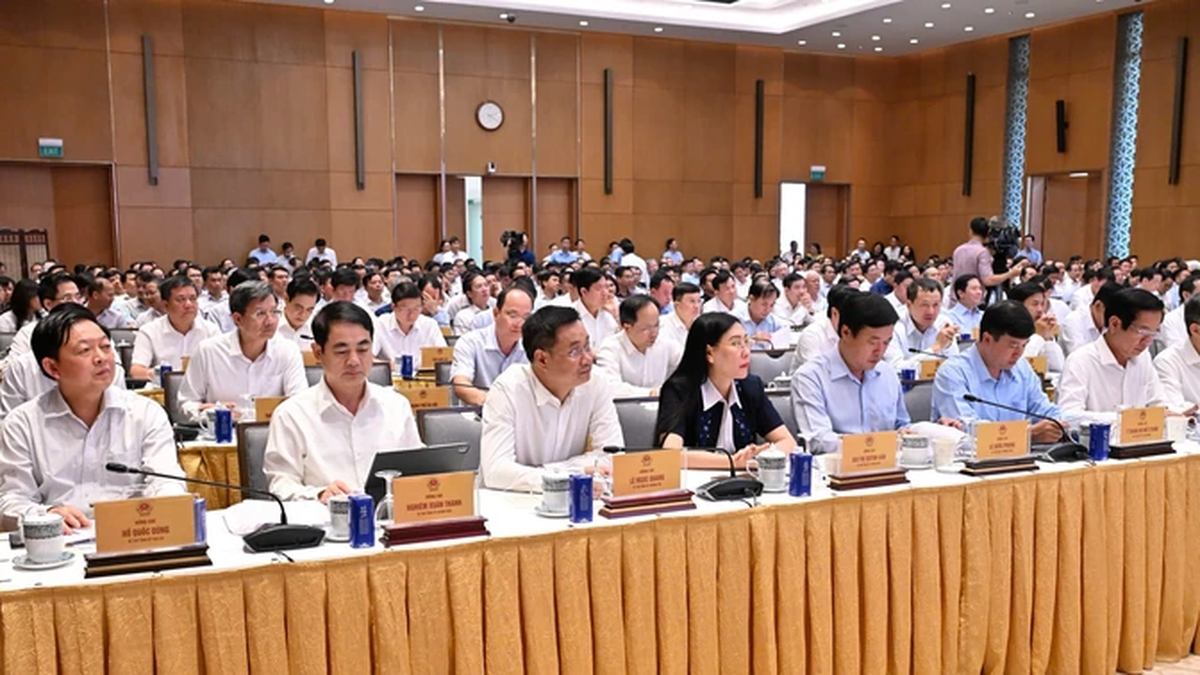
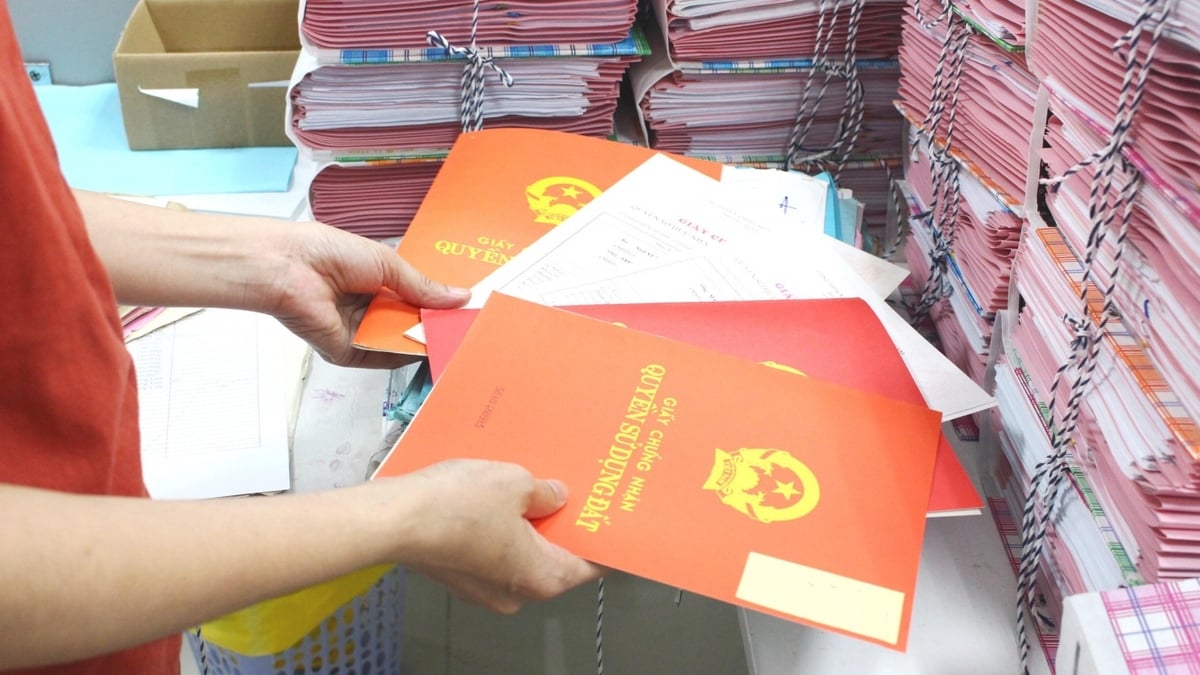
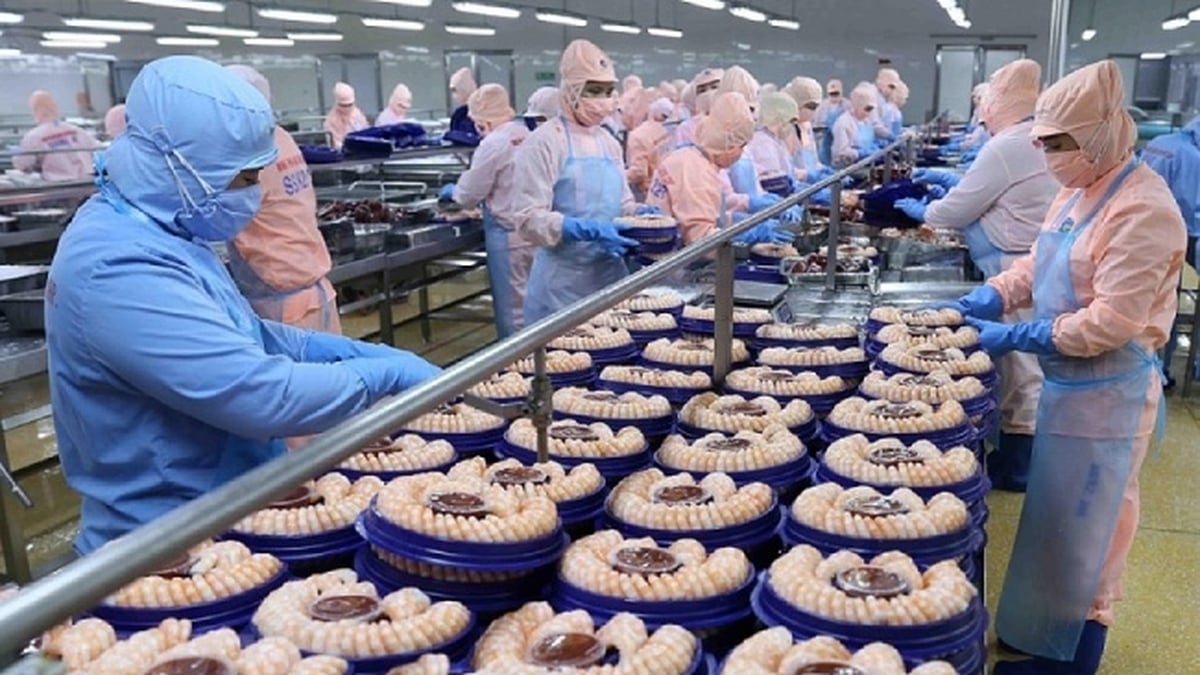
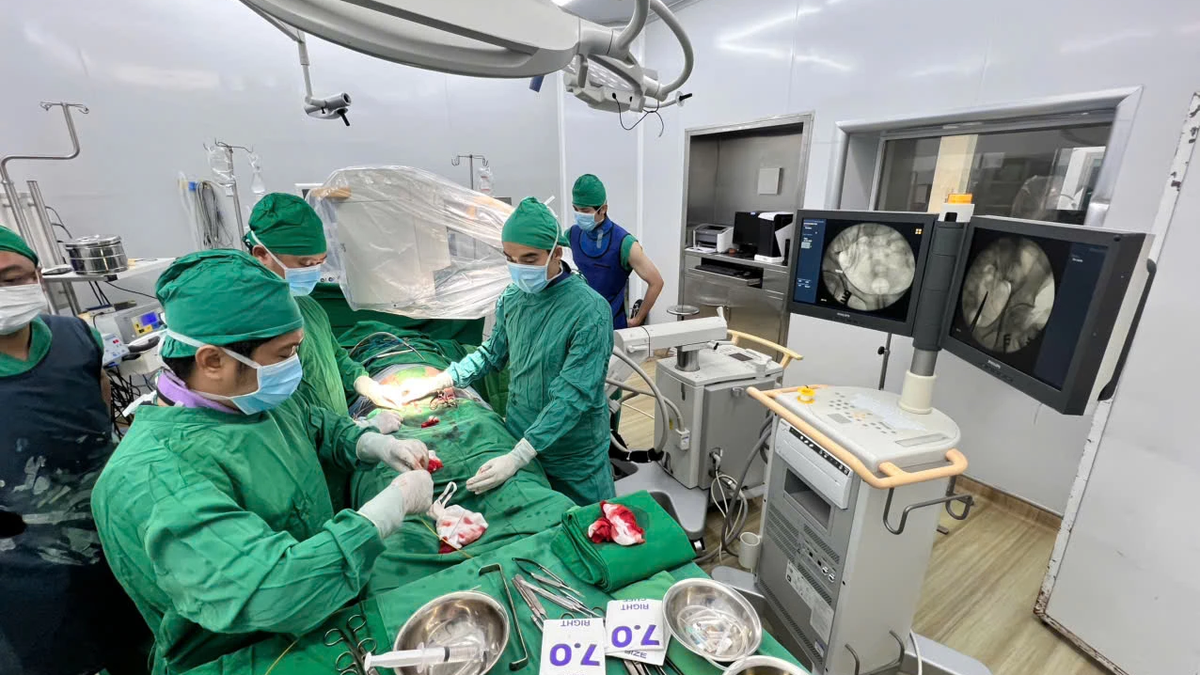




















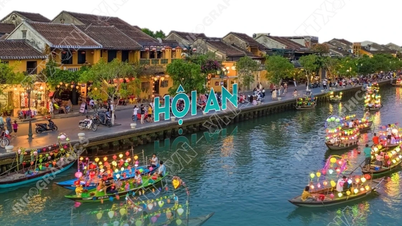

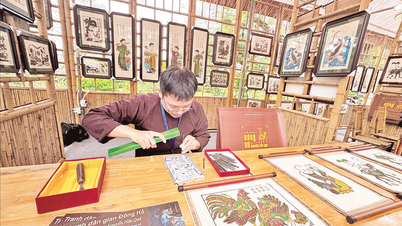

































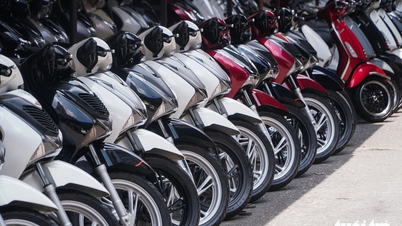





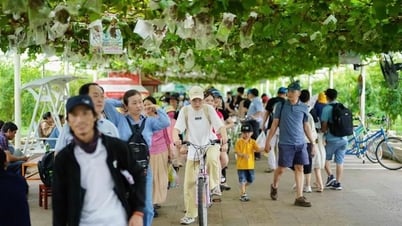










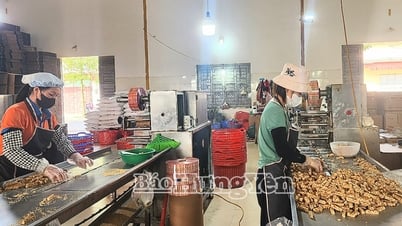















Comment (0)